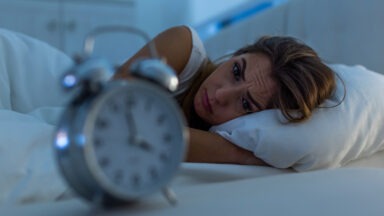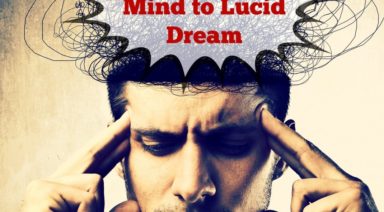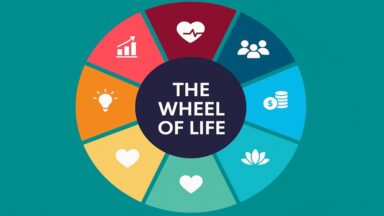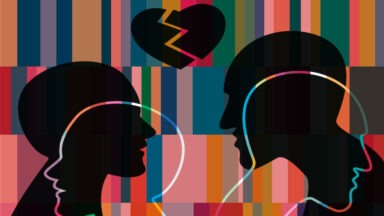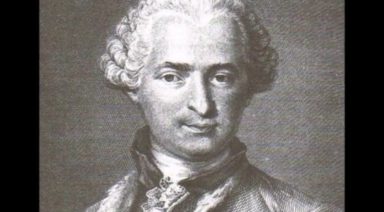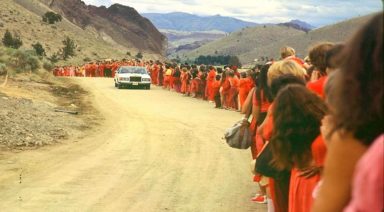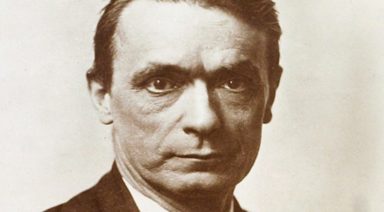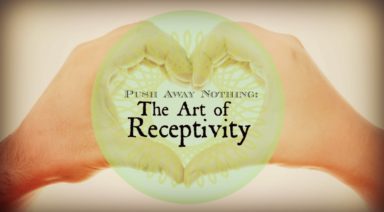Permanent Daylight Saving Time Would Be Awful for Our Circadian Rhythm
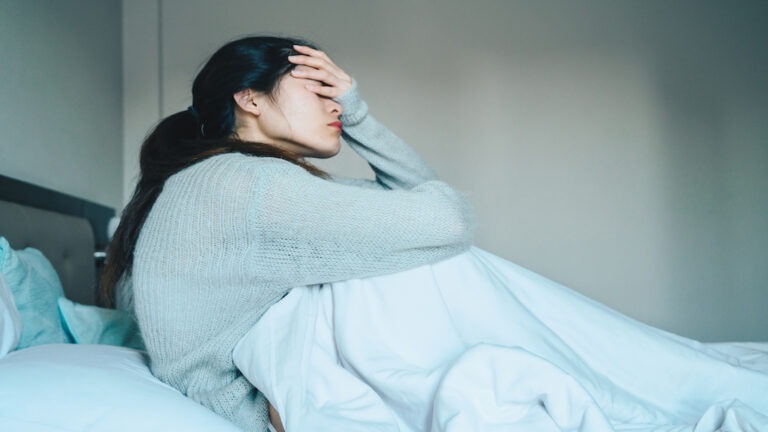
“Spring forward, fall back” could be no more, as Daylight Saving Time in the US could be made permanent. The issue resurfaced, as Americans say they are tired of moving the clocks twice a year and that we should just pick one. But did the government pick the wrong one?
The US has a long and complicated history with Daylight Saving Time — or what might be known better as “spring forward” time.
First enacted in 1918 during WWI as “wartime,” the measure was supposed to provide more daylight during working hours. Meanwhile, according to Michael Downing, author of “Spring Forward: The Annual Madness of Daylight Savings Time,” the US Chamber of Commerce also liked it, as workers with more daylight after work were likely to stop, shop, and spend money on their way home.
It was repealed only to be brought back again during WWII, so there would be more daylight during working hours.
After World War II, there was a chaotic period where states picked whichever time standard they wanted, until 1966 when the “Uniform Time Act” made six months of Standard Time and six months of Daylight Saving Time.
This brings us to today, where people have different opinions on Daylight Saving Time, but most Americans want the clock change gone. A 2019 AP poll showed that 71 percent of Americans would like to quit changing the clocks twice per year versus 28 percent who want to keep it the way it is.
Now, the US Senate just passed a measure that would again make Daylight Saving Time permanent. Some people like sunlight later in the evening, especially during the summer.
But many, including medical professionals and safety experts, argue that “springing forward” can be hazardous to your health.
Beth Ann Malow, a professor of neurology and pediatrics at Vanderbilt University writes, in ScienceAlert, “[m]oving the clocks forward is not just an inconvenience. It is a shock to the human body and nature.”
She and her co-authors reviewed data that linked Daylight Saving Time to increased strokes, heart attacks, and sleep deprivation in teenagers. She explains that falling back to Standard Time is, “relatively benign.” But by artificially moving time forward it messes with our internal circadian rhythm — our internal, natural clock. Sunlight also wakes us up and improves alertness in the morning.
“Exposure to light later into the evening delays the brain's release of melatonin, the hormone that promotes drowsiness. This can interfere with sleep and cause us to sleep less overall, and the effect can last even after most people adjust to losing an hour of sleep at the start of daylight saving time,” Malow said.
If this isn’t enough evidence against Daylight Saving Time, then we should be reminded that the US tried this in the 1970s and it failed.
In 1974, President Richard Nixon signed into law permanent daylight savings time. At first, it was widely popular, but that dropped precipitously after Americans had to deal with month after month of pitch-black mornings. It was reversed just 16 months later.
Now after everything we have learned and know after 100 years of this experiment. Will we go with natural Circadian Standard Time or Daylight Saving Time?
The Senate approved the “Sunshine Protection Act” unanimously. The measure will move to the house of representatives where it’s future is uncertain.
What Are Precognitive Dreams and How to Identify Them

Premonitory dreams, also known as precognitive dreams, are experiences in which information is accessed about events that have not yet occurred. Throughout history, many people have reported detailed dreams that later manifested with surprising accuracy in real life. In this article, we explore what these dreams are, their main characteristics, and how to recognize them when they appear.
Table of Contents
- What Are Precognitive Dreams?
- How to Know If You Had a Precognitive Dreams
- Well-Known Examples of Precognitive Dreams
- Why Do Precognitive Dreams Occur?
- Dreaming as a Spiritual Tool
- What to Do If You Feel a Dream Is a Premonition
- Is It Possible to Develop the Ability to Have Precognitive Dreams?
What Are Precognitive Dreams?
Premonitory dreams are dream experiences in which the dreamer accesses real information about future events. They are not symbolic interpretations of the unconscious but direct perceptions of situations that have not yet happened in the physical plane but are later confirmed.
These dreams can appear spontaneously or during key moments in the dreamer’s life. Although it is not always easy to distinguish them from other types of dreams, they possess specific characteristics that make them recognizable.
Below are the most common traits of precognitive dreams:
- Connection with the future: They reveal events that have not yet happened. The person receives this information while sleeping, without any prior signs in daily life.
- Precise details: They can include names, places, colors, objects, or dates. These details appear clearly and are verified later.
- Emotional intensity: They are experienced with a higher emotional charge than other dreams. Upon waking, it is common to feel impact, unease, or urgency.
- High recall: They are not easily forgotten. They remain vivid in memory for days, months, or even years.
- Subsequent confirmation: The events dreamed of come true with accuracy or with strong symbolic correlation, reinforcing the dream’s credibility.
How to Know If You Had a Precognitive Dreams
One of the clearest indicators of a premonitory dream is its persistence over time. While most dreams are quickly forgotten upon waking, precognitive dreams remain imprinted with remarkable clarity. Memory retains not only images but also dialogue, sounds, and sensations, with a vividness that stands out.
It is also common that these dreams are experienced with a particular emotional intensity. The dreamer often wakes up with a sense of unease, wonder, or urgency, as if the content carries a meaning that cannot be ignored. This emotional charge is not always tied to the content itself but to the feeling that the dream conveys a real and direct message.
Another feature that helps recognize a premonitory dream is the sensation of lucidity during the dream. Although the person may not be aware of dreaming, they perceive what happens with unusual clarity: colors are more vivid, sounds sharper, and scenes more coherent than in ordinary dreams. This intense sensory quality is often accompanied by the feeling of witnessing something real—as if the dream were a direct experience rather than a mental construction.
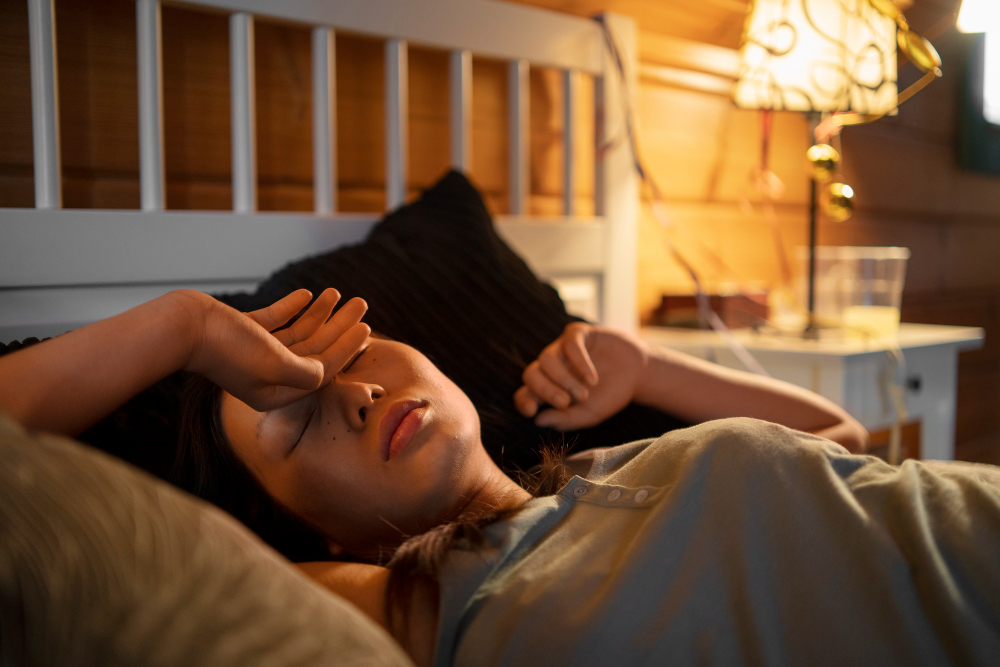
Well-Known Examples of Precognitive Dreams
Throughout history, there have been numerous documented cases of dreams that clearly anticipated important events. These accounts come not only from anonymous individuals but also from public figures whose experiences have been widely recorded. Below are five significant examples that illustrate how dreams can accurately foresee reality:
- The assassination of Abraham Lincoln: Lincoln himself reported having dreamed of his death days before he was killed. In the dream, he saw a funeral at the White House and a soldier saying that the president had died.
- The Titanic tragedy: Several people dreamed of the sinking before boarding and decided not to travel. Their testimonies were collected after the disaster, strengthening the idea of a dreamlike warning.
- The September 11 attacks: Some individuals reported dreaming of airplanes crashing into buildings in the days leading up to the attack. These accounts were later investigated by psychologists and parapsychologists.
- Mark Twain’s dream about his brother: Twain dreamed that his brother Henry lay in a metal coffin with a bouquet of white flowers on his chest. Days later, Henry died in an accident and was buried exactly as in the dream; Twain himself recounted this in detail in his autobiography.
- The Aberfan disaster: A ten-year-old girl dreamed of a mudslide covering her school in Wales. The next day, the disaster occurred, killing more than 100 children, including her.
Why Do Precognitive Dreams Occur?
Premonitory dreams occur because consciousness is not limited to the linear time we experience in the waking state. While we sleep, the brain enters a state in which it can access information beyond the rational or immediate. In that realm, time functions differently, allowing some future events to manifest symbolically or literally during the dream.
From a spiritual perspective, these dreams are a form of communication between different levels of consciousness. The higher self, intuition, or even external sources of guidance can send important messages during sleep. This information is not always clear at first but becomes understandable over time or once it comes to pass.
It is also believed that premonitory dreams are activated during moments of high psychic or emotional sensitivity. When a person goes through a stage of spiritual openness or a critical life situation, their perception tends to expand. In that state, the mind becomes receptive to impressions of the future that might otherwise go unnoticed.
Dreaming as a Spiritual Tool
From a spiritual perspective, dreaming is not just a passive mental activity but a way to access deeper levels of consciousness. During sleep, the rational mind quiets, creating a space where insights, revelations, and messages can emerge—ones that don’t appear in the waking state. This dream realm functions as a bridge between the physical world and subtler dimensions of being.
Lucid dreams, in particular, allow conscious interaction with that inner space. This practice can be used to connect with inner wisdom, explore unresolved issues, or receive guidance from higher planes. By learning to navigate these dreams actively, it’s possible to transform the dream into an experience of growth, healing, and self-discovery.
In the series Mystery Teachings, available on Gaia, Theresa Bullard delves into how dreams can become a powerful spiritual practice. In its third season, she teaches concrete methods to increase dream lucidity, establish contact with the higher self, and use dreaming as a space for inner transformation.
What to Do If You Feel a Dream Is a Premonition
When a dream feels too vivid, intense, or significant to be a coincidence, it’s important to pay attention to it. The first recommended action is to write it down in detail as soon as you wake up. Recording names, emotions, colors, places, and any symbols can help you interpret it more clearly and recognize patterns if you experience something similar again.
After writing it down, taking a moment to reflect on the content is also key. Ask yourself if the dream carries a message for you or if it relates to something you might need to know. In many cases, the simple act of observing it with intention already opens the possibility of understanding it beyond the rational mind.
Additionally, it can be helpful to share the dream with someone you trust or with experience in the dream world. Speaking it aloud may help clarify sensations or ideas you hadn’t noticed before. Taking your dreams seriously is a way to sharpen your sensitivity and strengthen your connection with the intuitive realm.
Is It Possible to Develop the Ability to Have Precognitive Dreams?
Yes, it is. Just as dream recall or lucid dreaming can be trained through practice, the sensitivity to perceive future information in dreams can also be developed. To do this, it’s essential to cultivate a receptive attitude, keep a consistent dream journal, and strengthen the connection with your intuition.
Keeping a dream diary helps not only to remember what we dream but also to detect recurring signs or symbols that hold personal meaning. This daily practice reinforces the bond with the dream world and can make certain premonitory dreams stand out due to their clarity or emotional charge.
It’s also useful to incorporate practices such as meditation, introspection, and working with intention before sleeping. By setting a clear purpose—such as receiving guidance or relevant information—you create a mental framework that facilitates the emergence of these types of dreams. With time and consistency, this ability can develop and become an active part of a conscious spiritual life.



